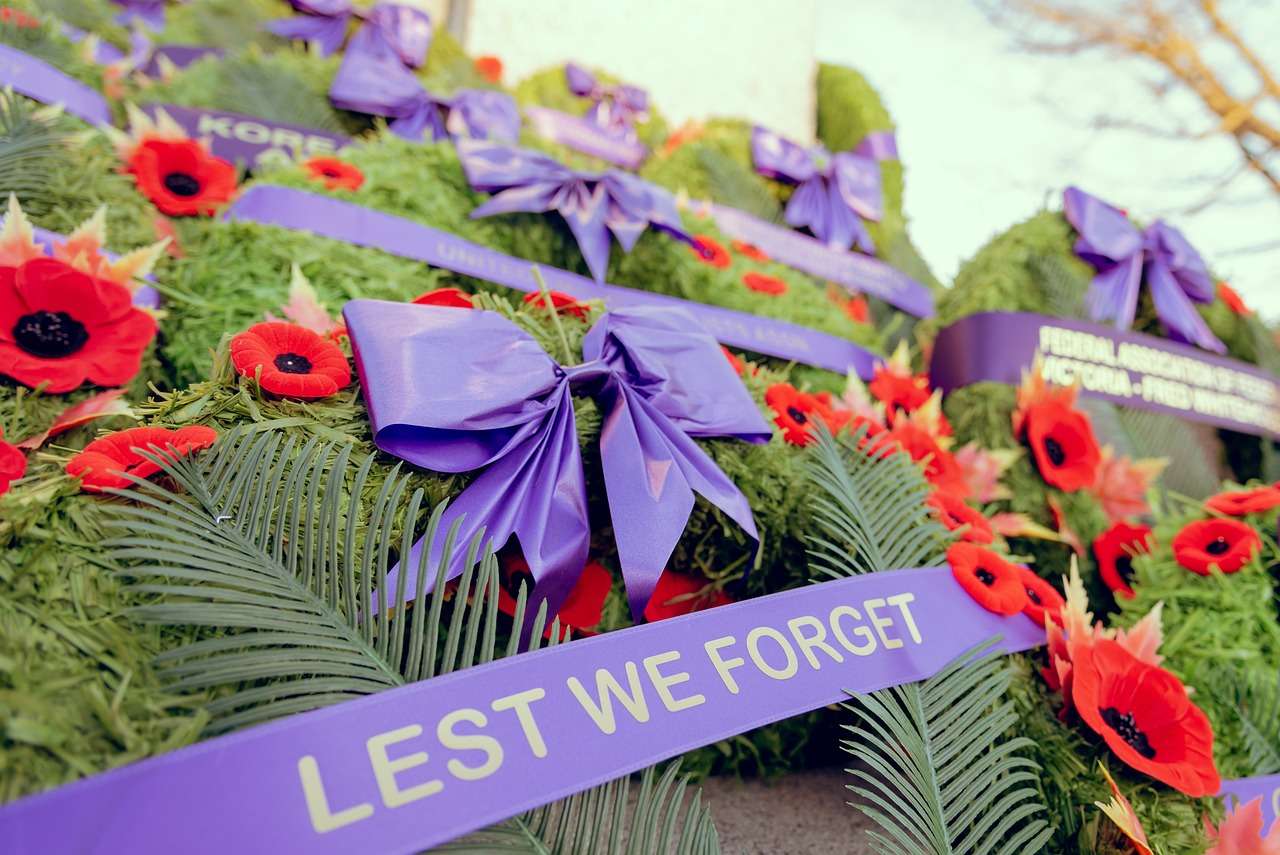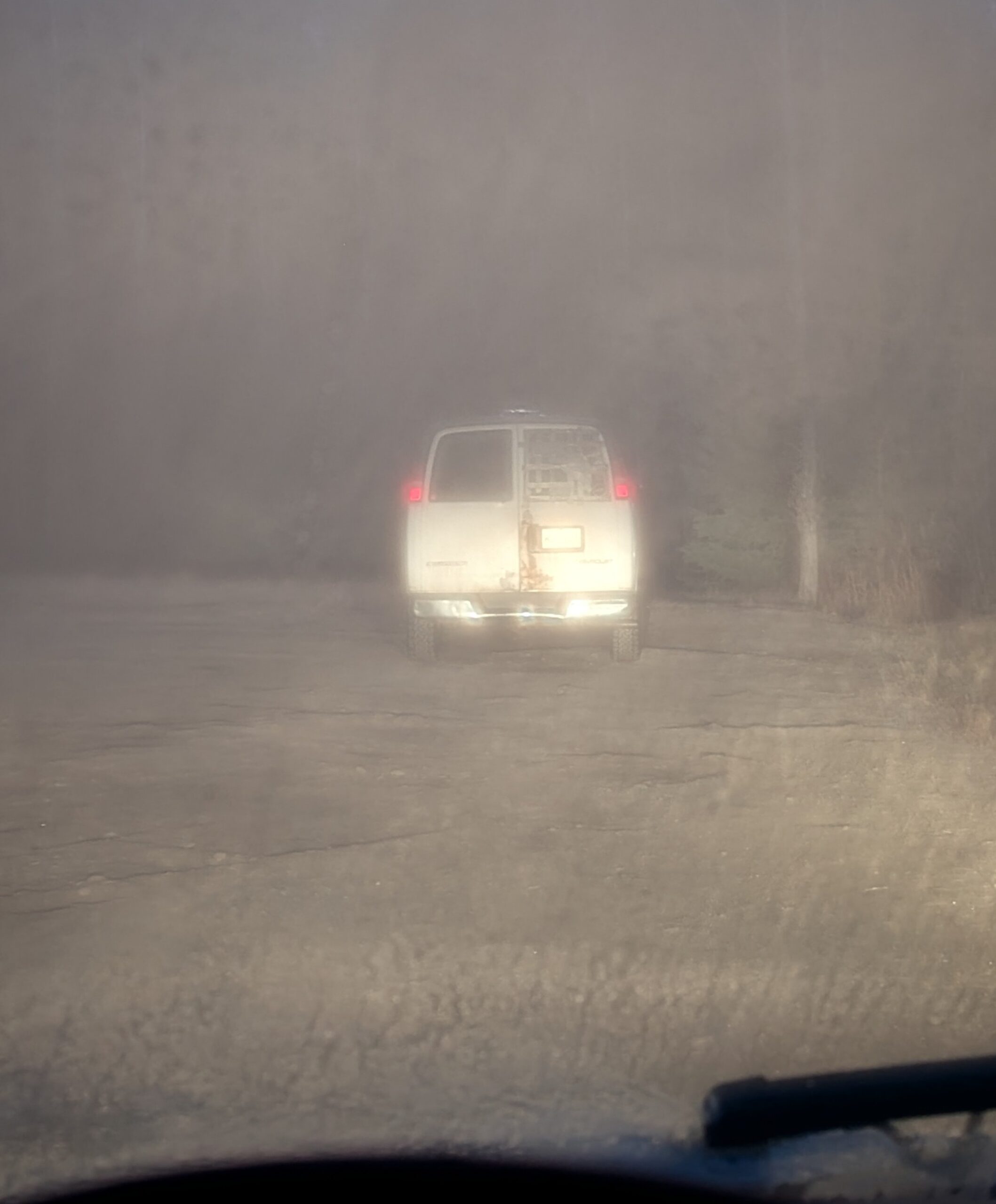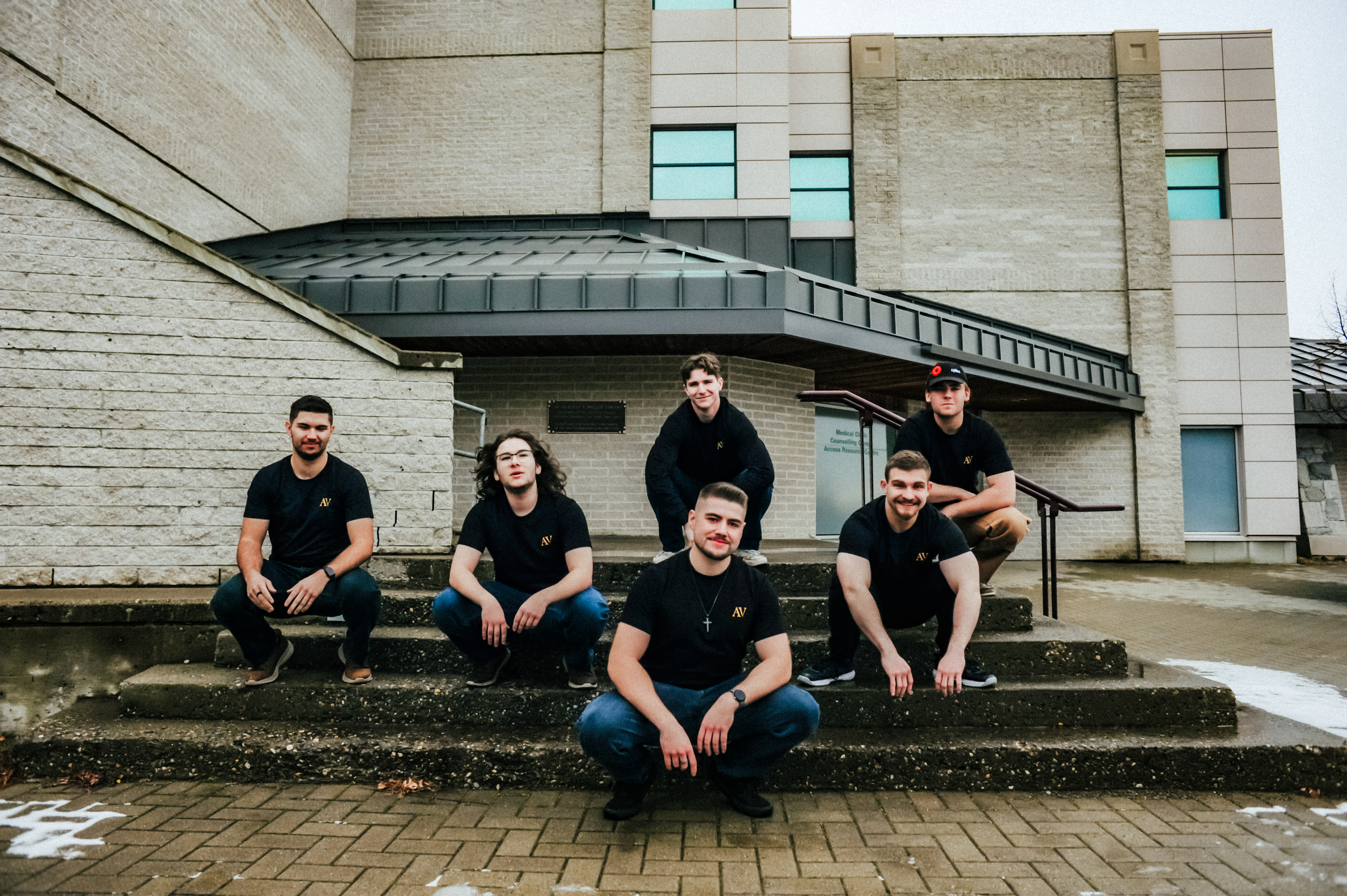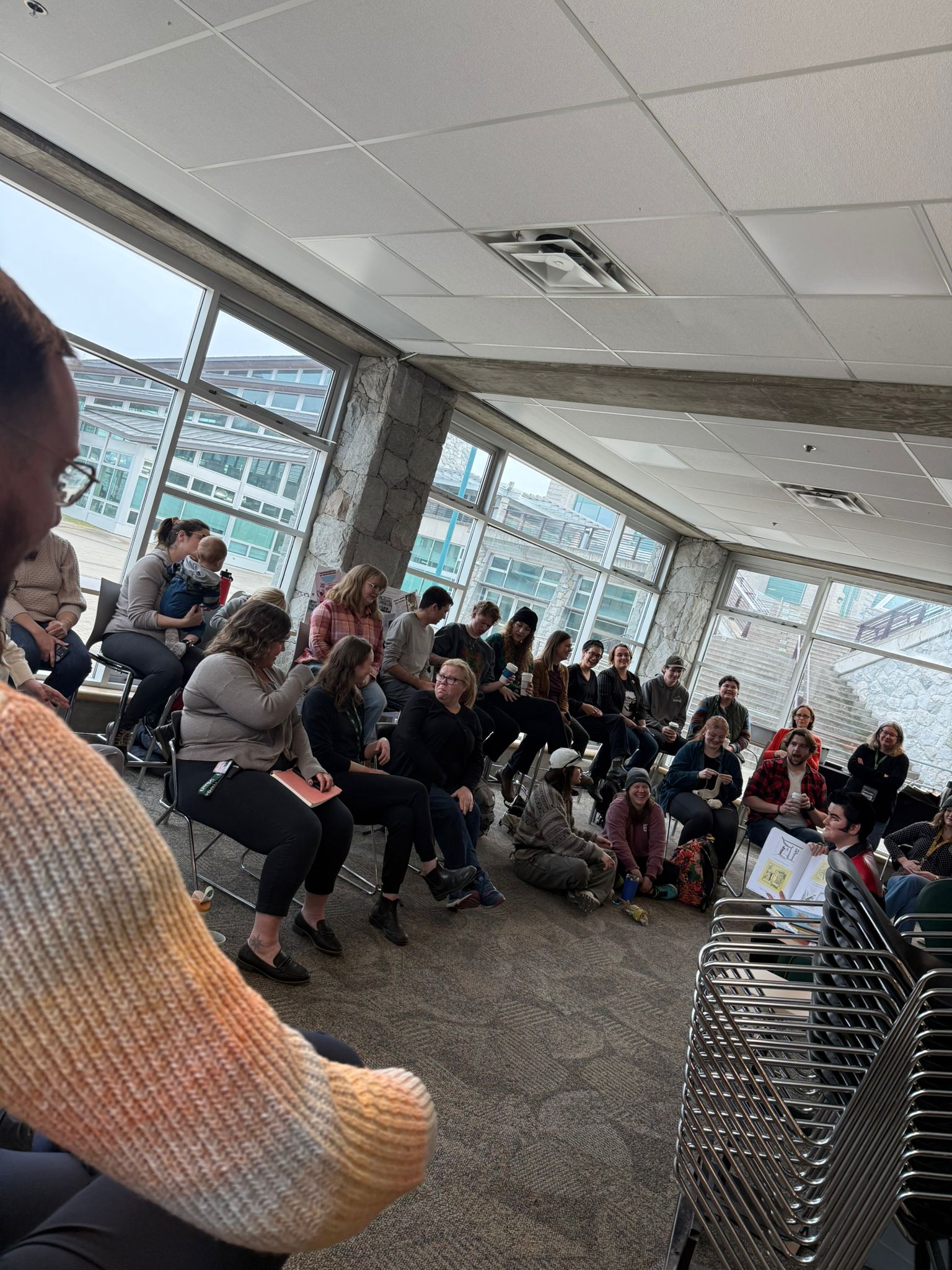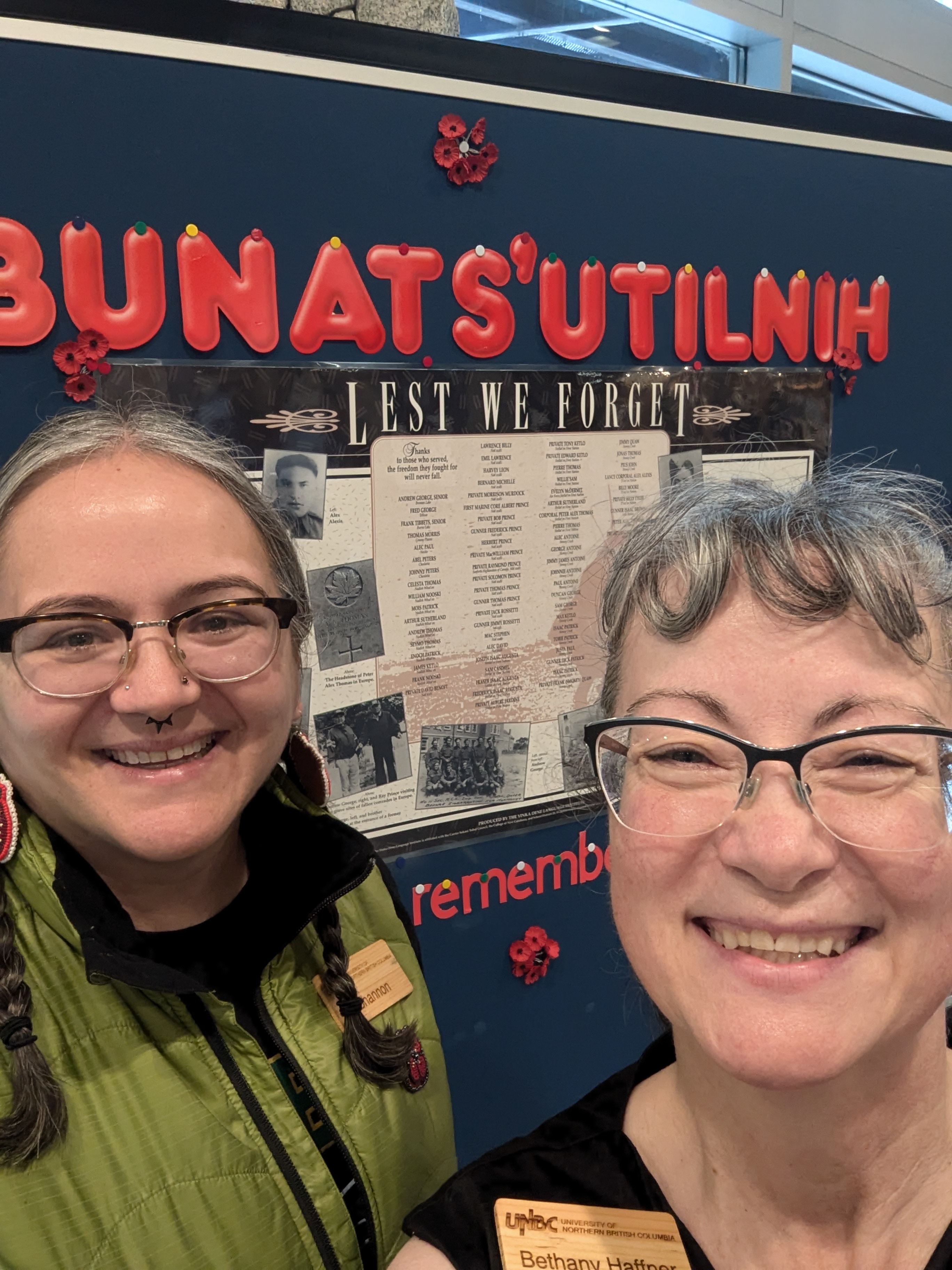Remembrance Day in Canada is November 11, and this day is dedicated to the soldiers who participated and fell in all the wars in which Canada participated. In addition, this day marks a tribute to all veterans and all military personnel who defended the honor and freedom of Canada. Every year, on the 11th of the 11th month at 11 a.m., Canada is two minutes of silence. Two minutes of silence also symbolize the Canadian soldier who died two minutes before the announcement of the truce. During the minutes of silence, Canadians pay tribute to their compatriots and all veterans who participated in wars and gave their lives for a bright future and freedom of Canada.
Memorial Day has become traditional since 1919, on the first anniversary of the end of the First World War. King George V appealed to all the people of the empire to perpetuate the tribute to the fallen in the war. King George said that at the hour when the peace came into force, for two minutes, “all work, all sounds and all movements should stop so that in the beautiful immobility of thought everyone could concentrate on the respectful memory of the glorious heroes.” However, November 11 was initially called Armistice Day, and only in 1931 did the Parliament adopt an amendment, renaming it Remembrance Day.
Canadians associate Remembrance Day with the scarlet flowers of the poppy. About two weeks before Remembrance Day, cadets can often be seen on the streets of cities, in shops, restaurants and other public institutions distributing cloth signs as an ally poppy for a symbolic amount. Also, residents of the country pin a scarlet flower to their clothes as a sign that they remember and honor the memory of the fallen soldiers. In addition, these artificial flowers help to collect donations for the Royal Canadian Legion, the largest Canadian organization uniting veterans of the country. Finally, veterans make badges in the form of poppies with their own hands.
The red poppy flower is associated with the history of the Canadian military doctor John McCrae. In 1915, John McCrae again assisted the wounded in a field dotted with scarlet poppies. On the same day, sitting on the running board of an ambulance, John wrote a poem – “In the fields of Flanders,” in honor of his friend who fell on that field during the battle of Ypres. And in honor of all the dead. Unfortunately, McCrae did not survive the war either – he died in January 1918. And his poem became symbolic.
In most cities, ceremonies are held in honor of Remembrance Day at the town hall or the local war memorial, where a large audience gathers to pay tribute to the participants of the war and all the soldiers who fell in the battle. In addition, veterans and municipal, provincial and city governments will lay wreaths of remembrance at the ceremonies. Also, various events and parades are held in each town in memory of fallen soldiers. And on this day, for almost a hundred years, the words have been heard everywhere: Lest we forget!
The largest and most important ceremony is held annually in Ottawa at the local war memorial. Initially, the monument in Ottawa was built and developed in memory of fallen soldiers in the First World War. However, later the monument was transformed into a symbol of the memory of all the victims who lost in wars such as World War I, World War II, the Korean War, the Afghan War and other peacekeeping missions in which Canadians participated. The National War Memorial symbolizes the bravery and heroism Canadians show when defending the values they believe in. The memorial is crowned by two figures, emblems of peace and freedom.
Remembrance Day in the province of Newfoundland and Labrador is a public holiday and falls on July 1. On July 1, two holidays are celebrated: Canada Day and Remembrance Day. Even though Canada Day is a happy holiday, the province finds time at the beginning of the day to honor the memory of soldiers who fell in wars. Initially, the area of Newfoundland and Labrador was a dominion of the British Empire and was not part of Canada. In August 1914, Britain declared war on Germany and Newfoundland and Labrador automatically participated in the First World War. On the day of the first Battle of the Somme, which took place on July 1, 1916, the 1st Newfoundland Regiment suffered heavy losses. The following day, out of 801 service members in the 1st Newfoundland Regiment, only 68 people answered the roll call. This event was a tragic day for the men who bravely fought for what is now known as Newfoundland and Labrador.
Writing about history in the articles is interesting. However, nothing is better than hearing a story from people and their experiences. Prince George’s residents Rosie Nichiporuk and David Fuller shared the stories of their loved ones involved in the wars and what Remembrance Day means for Rosie and Dave. For Rosie Nichiporuk, Remembrance Day is personally meaningful because her grandfather served in WWI and was given the Medal of Bravery for his heroic act at Vimy Ridge, where he was injured. Rosie’s uncle, who she was very close to, served in WW2 and landed on Juno Beach, where he helped liberate France and later Holland. Rosie’s uncle never spoke much of the War, but Remembrance Day was significant to him, and he felt we must never forget the cost of freedom and that War should never happen again. On Remembrance Day, Nichiporuk thinks of her uncle, a quiet, gentle man, and Rosie tries to imagine all that he went through and why he did it, “He did it for freedom!” – Rosie said. David Fuller said that when he thinks about Remembrance Day, he thinks about the stories from his parents and grandparents of people that came home from the First and Second World Wars. Dave heard stories of how people were changed after the Wars and how disruptive it was for their families to deal with the immense trauma that the soldier faced. A Fuller worry is that governments will use War to escape a deep recession or depression and the tremendous pain and sorrow that will continue to face humanity.
LEST WE FORGET!
